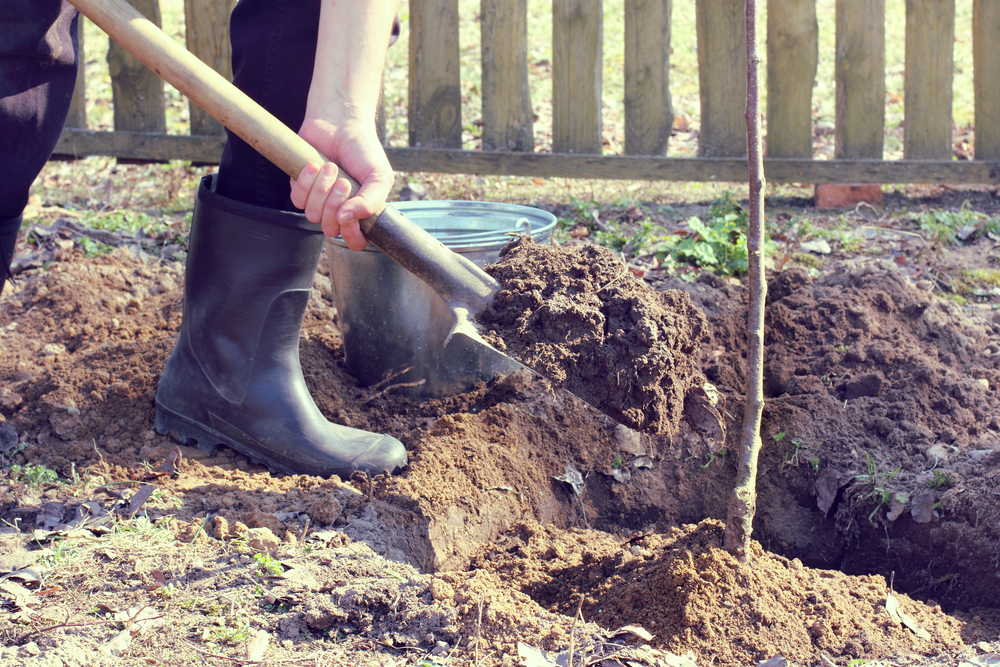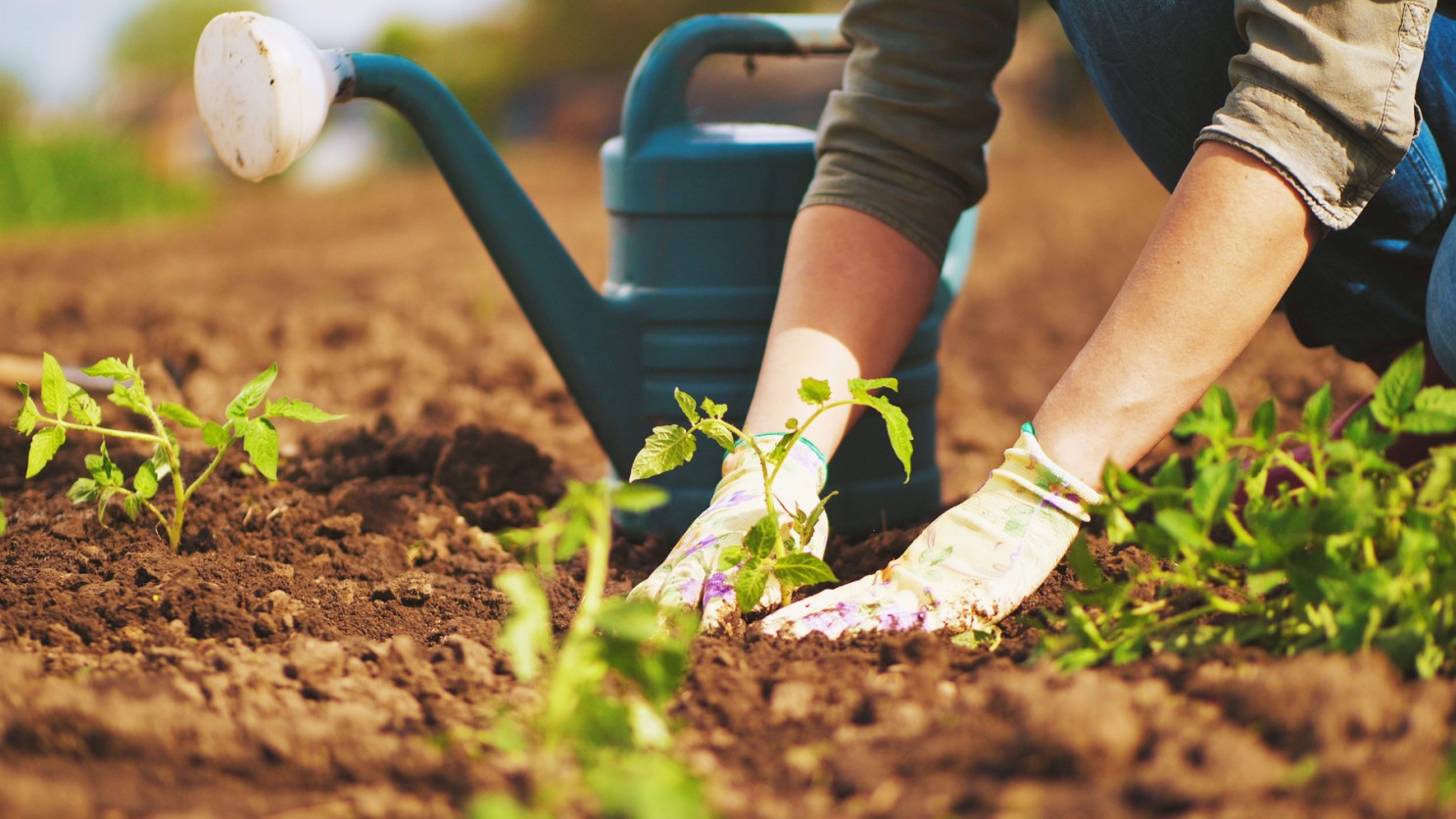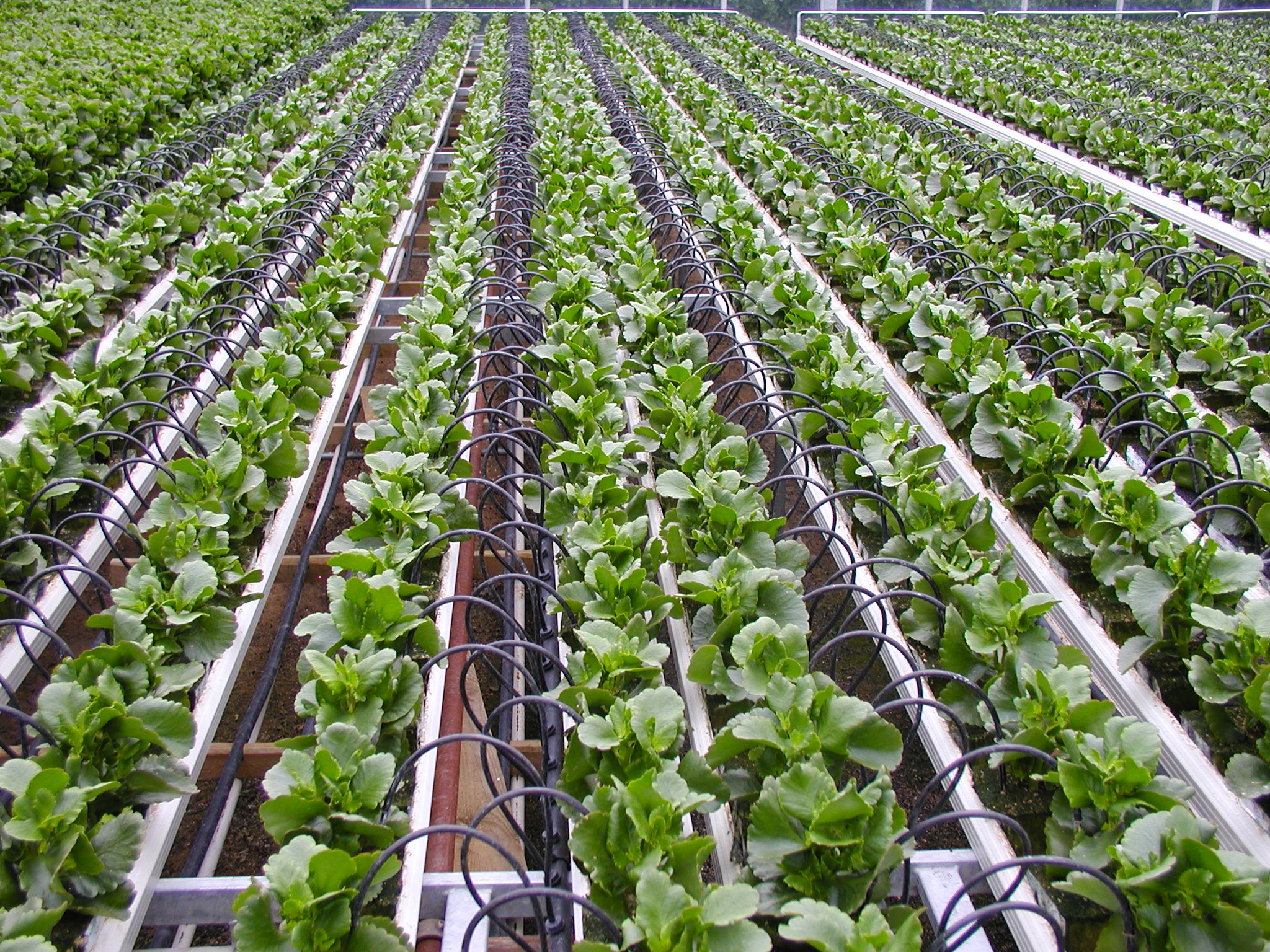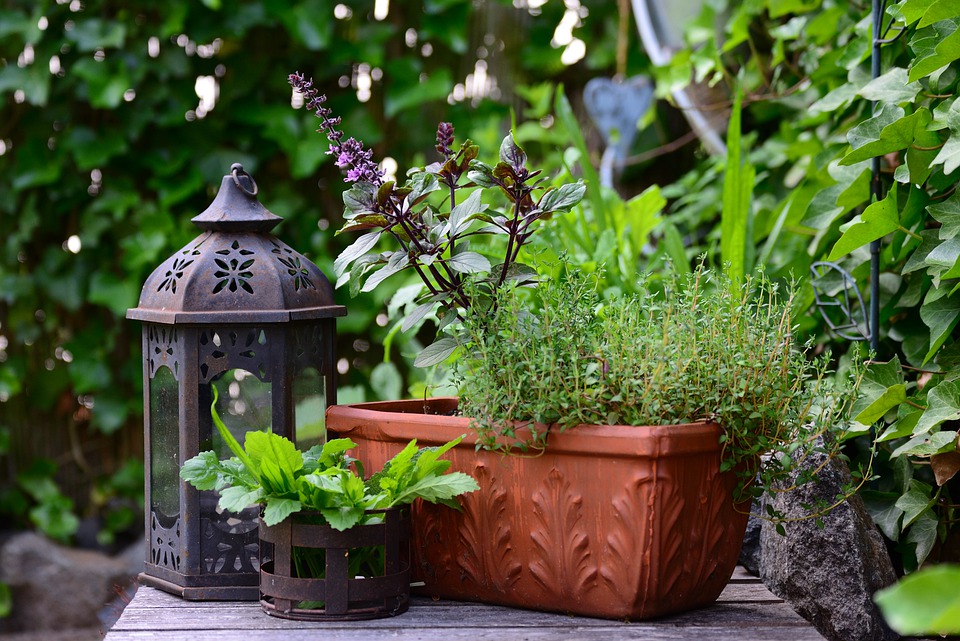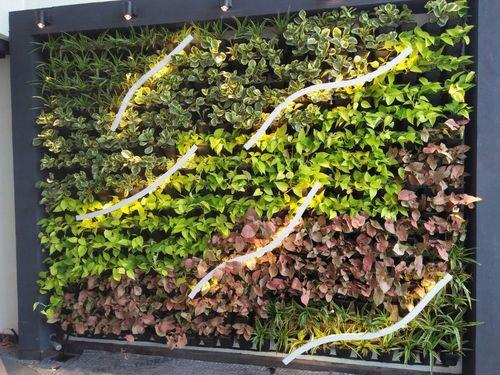Can’t wait to plant a fruit tree in your garden? Then why wait? A fruit tree will bring you so much joy for so many years, even generations, to come! Here you’ll find the best tips you can follow to successfully plant a fruit tree.
Location
Let’s start with the most important thing, the place of cultivation! Indeed, as cliché as it may sound, choose the right plant in the right place. You will then have the best conditions to succeed. So, if you want your tree to produce good fruit, you need to choose a growing location where it will thrive and become strong and vibrant.
To get the most fruit, a sunny, sheltered location is best for most fruit trees. And most fruit trees also prefer moist but well-drained soil. In addition, good sunlight allows the fruit to ripen properly and thus become sweeter and tastier.
Once the planting site is set up, it is time to plant the tree and we recommend a few preparations.
Preparing for Planting
The first thing to do when planting, whether it’s a tree, shrubs or perennials, is to make sure the plant is well watered. The easiest way to do this is to leave the pot in, say, a bucket of water and soak up the water while you prepare the planting pit. It is also best to place it in a shady, slightly cool area before planting.
Mark the growing area by digging the grass into a solid circle. This is called the tree mirror and the reason you dig the grass is because it takes a lot of nutrients from the tree otherwise. The circumference of the circle should be as large as the crown of the tree.
The Planting Pit
Now it’s time to dig the pit for the tree and it needs to be really big, at least twice as wide, preferably wider, as the root ball and a little deeper.
It is easy to think that the pit should be dug round – but with a square pit, root rot is avoided. Root rot occurs when roots seek out the pit walls and follow them before making their way into the surrounding soil. Similarly, you may see plants in round pots when they need to be transplanted. Therefore, it is best to dig a square planting pit. If the roots don’t work their way directly into the surrounding soil, they will when they reach the corner of the planting pit and hit the “wall”.
The next trick is to place stones at the bottom of the pit to create a stable bottom so that the root ball does not sink when the soil settles. When you fill the pit with soil, the soil slides in between the stones. And the stones create a durable structure on which the root ball can rest. Otherwise, the soil under the root ball must be properly packed so that the soil does not sink as much.
Saturate the Surrounding Soil with Water
Another trick is to fill the planting pit with water before planting and then let it sink in. This way, the soil around the planting hole is also saturated with water. This means that the planting hole and the root ball will retain their moisture longer. This is a good thing if the soil you are going to plant the tree in is dry.
Supporting the Tree
To help the tree on the pile, you need to provide support to help the roots anchor properly using a plant stand. This is especially important for low-growing rootstocks that may need tree support for the rest of their lives. For high-growing trees, tree support is usually needed for one or two seasons. About as long as the belt remains intact and fresh.
Fold the tree supports over the outside edge of the pit before placing the tree in the pit. Firmly fold the stand down so that it is about a foot deep in the planting pit so that it actually stands upright.
Planting
When it is time to plant the tree, mix the existing soil with the planting soil. Equal parts are usually appropriate.
Dissolve the tree’s root ball a bit with your hands so that the outermost roots are free. This allows the roots to turn outward more quickly and anchor the tree in the soil.
Place the tree in the middle of the planting hole so that the root collar is at ground level or slightly higher. The tree’s grafting point, the slightly thicker tuft at the bottom of the trunk where the fruit tree variety was grafted, should always be above ground for fruit trees.
The soil always settles and sinks a little the first time after planting, so it is good to plant the tree a little higher, especially if the planting hole is filled with soil only.
First fill 2/3 of the planting hole with the soil mixture and tamp it down with your foot to eliminate any air pockets. Then fill with more soil around the root ball until the soil is level with the surrounding soil and tamp down the soil again with your foot. Form a mound of soil to prevent water from escaping when watering the tree.
Irrigation
Once the tree is planted, you must water the soil properly. Water a little at a time and let the water run off in between. This way, the water goes deep and keeps the moisture in the soil longer. Water with 30 liters of water immediately after planting.
During the first season, the tree needs at least 30 liters of water per week to establish itself properly. This corresponds to 30 mm of rain, so you understand that this is a lot.
Protect Your Tree
If there’s anything we like to forget or neglect a bit with, it’s trunk protection for newly planted trees. But this one almost always punishes itself! Young fruit trees are indeed a pure luxury food for, for example, hares and deer. To keep the tree in peace, it must be protected.
Trunk protection is a cheap and necessary insurance for your newly planted fruit tree! So now you have all the conditions for a successful fruit tree and you can enjoy many years of wonderful harvests!

